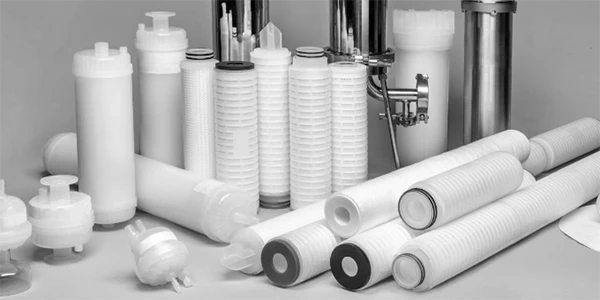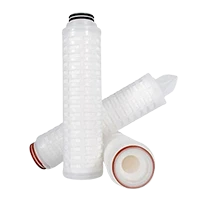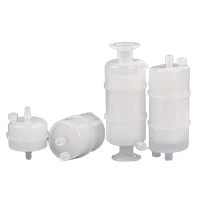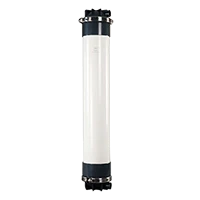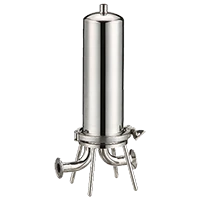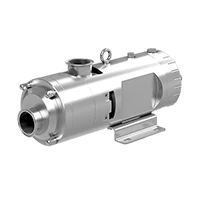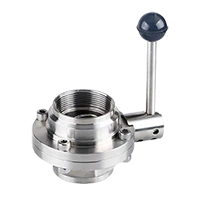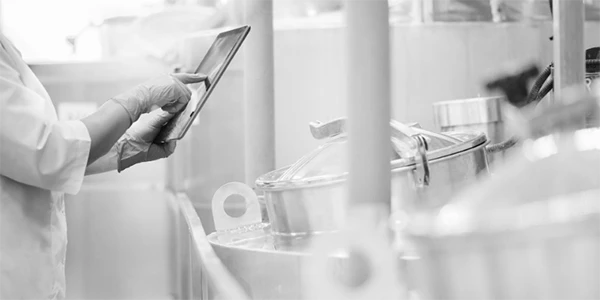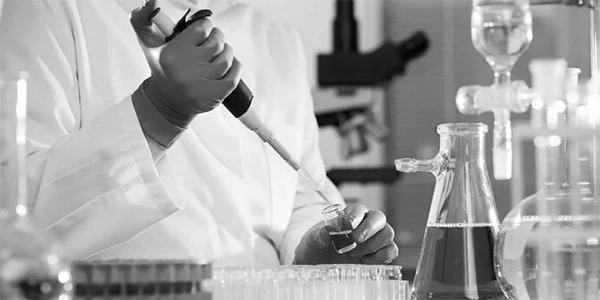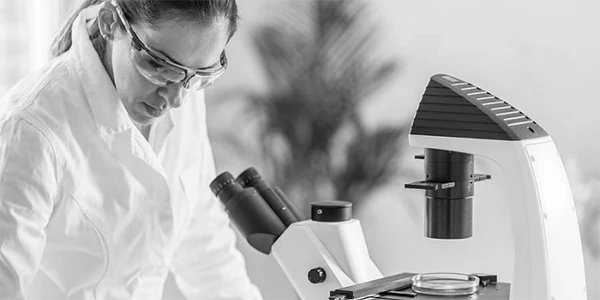Breakthrough in High-End Filtration Membrane Technology
Concerns in the Supply Chain of High-End Filtration Membrane Products
In recent years, investors in the biopharmaceuticals and medical device industries have simultaneously focused on a field: membrane materials.
You can think of membrane materials in the medical industry as sieves that filter out unnecessary impurities, viruses, and toxins in pharmaceutical and blood dialysis, but the precision of this sieve reaches the nanometer level.
Investors are lining up to find membrane material companies, but some have been turned away. Domestic membrane material companies with early development and large production capacity refuse to see investors. Rejecting investors at the door demonstrates the confidence of the membrane material industry.
The membrane material industry is essential in the field of biopharmaceuticals, as it plays a crucial role in the industry chain. It directly determines the performance of products such as blood dialyzers and ECMO.
The technological barriers of membrane materials are also difficult to break through, especially to achieve large-scale production levels. Domestic high-end filtration membranes rely on imports for supply, and the price of membrane filter cartridges has reached as high as $300 each. Due to the lack of domestic suppliers, many products experience a price increase of 3%-5% annually.
In fact, the challenges faced by the domestic biopharmaceuticals and medical device industries have become increasingly difficult to overcome. The membrane material industry is a microcosm of these challenges.
Against the backdrop of anxiety in the supply chain of high-end filtration membrane products, domestic companies have begun to invest heavily. Recently, several domestic high-end membrane material companies have secured billion-yuan financing.
The Gap Between Domestic and Foreign Enterprises
Let's first look at the main import participants in the filtration membrane industry. The major suppliers of filtration membranes in the domestic biopharmaceuticals industry include Cytiva, Merck, Danaher Pall, Sartorius, Asahi Kasei, and Repligen.
Dr. Yin Zehua introduced the characteristics of several major global participants. Merck and Cytiva have integrated upstream processes such as cell culture and fermentation to downstream processes such as clarification, purification, and filling in the field of biopharmaceuticals. Domestic large-scale pharmaceutical companies rely heavily on them. In the field of membrane materials, there is also a dominant player called Repligen, which has exclusive patents that are particularly advantageous in preventing cells from clogging in membrane pores during perfusion culture. Therefore, Repligen has the highest market share in the field of cell perfusion in the CGT (Cell and Gene Therapy) field. Another company, Asahi Kasei, has over 50% market share in the field of virus filters, which is the final stage of biopharmaceuticals production.
Several membrane material companies have emerged in the domestic market, including Hangzhou Cobetter, Guan Cai Medical, Shanghai Yi Ke, Elios, and Sipu Filtration.
Among them, Cobetter is dedicated to the research and development of various microporous filtration membranes, nano fibers, and ultrafiltration membranes, providing innovative filtration and purification solutions for global customers. Its products and technologies are widely used in industries such as biopharmaceuticals, chemical pharmaceuticals, medical devices, and semiconductor integrated circuits.
Care Medical is committed to creating a comprehensive membrane solution, with its membrane products covering high-end medical fields such as the gene therapy, vaccine production, and antibody drugs in the biopharmaceuticals industry. It also covers the mature blood purification market and the highly potential ECMO market, as well as the water treatment market and the filtration consumables market for food and medical purposes.
Shanghai Yike has two major technological platforms: catheters and hollow fiber membranes. In the field of biomedical membrane materials, Shanghai Yike has passed downstream customer tests for high-pass and low-pass blood dialysis membranes.
What Are the Differences Between Domestic and Imported Companies?
Dr. Yin Zehua admitted, 'Domestic companies have made breakthroughs starting from the bottom-level technology of membrane materials. Currently, we are focusing more on the membrane materials themselves. In terms of membrane products, our products are already comparable to imports. However, in the biopharmaceuticals industry, besides producing good membrane products, we also need to help customers explore process technologies and establish upstream and downstream connections. Overseas companies such as Danaher and Merck cover the entire industry chain and have stronger brand recognition. This is their advantage and an area where domestic companies need to catch up.'
Although there is a gap, there is hope. It is foreseeable that domestic enterprises will continuously expand their capabilities and open up development space.
In order for the domestic membrane material industry to break free from constraints and gain control over the industrial chain, it needs to make breakthroughs from scratch. Domestic enterprises are tracing back to the source of the industrial chain, some are deriving from the downstream to the upstream of the industrial chain, and some are deeply cultivating key products in membrane materials. Several enterprises have already obtained validation from key customers, and domestic enterprises are tearing apart the cracks in the industry, with the potential for robust growth in the future.






